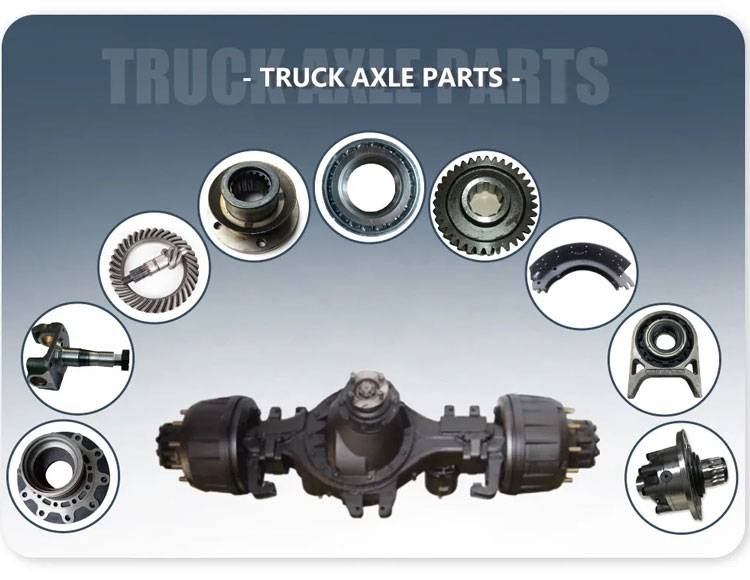东风卡车全球市场
新闻中心 27.06.2025
The global commercial vehicle industry is witnessing a paradigm shift, driven by sustainability mandates, digitalization, and supply chain resilience. Dongfeng Motor Corporation, China’s largest automotive group, has positioned its truck division—Dongfeng Trucks—as a formidable contender in international markets. This analysis explores Dongfeng’s market-entry strategies, regional adaptability, and future-readiness in a competitive landscape.
1. Market Entry Strategies: From Localization to Partnerships
Dongfeng Trucks’ global expansion hinges on three core pillars:
- Localized Production: Joint ventures with regional manufacturers, such as Dongfeng Peugeot Citroën in Egypt, enable cost-efficient assembly.
- Regulatory Compliance: Vehicles meet Euro VI, China VI, and GCC standards, ensuring access to 80+ countries.
- After-Sales Networks: Partnerships with local distributors (e.g., Alturki Group in Saudi Arabia) provide spare parts and maintenance support.
Transition: However, challenges like tariff barriers and cultural preferences demand tailored approaches. For instance, in Africa, Dongfeng prioritizes durable, low-maintenance trucks for rugged terrains, while in Europe, it emphasizes fuel efficiency and telematics.
2. Regional Performance: Key Markets and Trends
A. Southeast Asia: Electric and Hybrid Adoption
- Market Drivers: Governments in Thailand, Vietnam, and Indonesia are incentivizing electric commercial vehicles to reduce urban pollution.
- Dongfeng’s Response: Launched the eDeliver 3 electric light truck (150 km range) in 2023, partnering with PT Astra International for distribution.
- Outcome: Secured 12% market share in Indonesia’s electric truck segment within six months.
B. Africa: Heavy-Duty Dominance
- Demand Drivers: Infrastructure projects in Nigeria, Kenya, and Ethiopia require off-road dump trucks and cement mixers.
- Product Adaptation: The Dongfeng KC series features reinforced chassis and 400+ hp engines for mining applications.
- Growth: Sales in Africa surged by 18% YoY in 2023, with Nigeria accounting for 35% of regional revenue.
C. Latin America: Flexibility in Fuel Options
- Regulatory Landscape: Brazil and Mexico mandate flex-fuel engines (ethanol-gasoline blends).
- Dongfeng’s Innovation: The Dongfeng L300 tractor offers dual-fuel compatibility, reducing reliance on imported diesel.
- Result: Captured 9% of Brazil’s medium-duty truck market in 2022.
3. Competitive Landscape: Outpacing Rivals
Dongfeng competes with Volvo, Daimler, and Tata Motors by leveraging:
- Cost Efficiency: Production in China reduces costs by 20-25% vs. European brands.
- Tech Integration: Optional Dongfeng Smart Truck System provides real-time diagnostics and route optimization.
- Sustainability: Plans to launch hydrogen fuel cell trucks in Europe by 2026, aligning with EU Green Deal targets.
Transition: Nevertheless, Dongfeng faces hurdles like brand perception in premium markets and supply chain bottlenecks post-pandemic.
4. Future Roadmap: Electrification and Digitalization
A. Battery-Electric Trucks (BEVs)
- 2024 Launch: The eTruck X5, with a 300 km range and 1-hour fast charging, targets urban logistics in Europe.
- Partnerships: Collaborations with CATL for batteries and Siemens for e-motor technology.
B. Autonomous Driving Trials
- Level 4 Pilots: Testing platooning technology on China-Europe freight corridors to reduce fuel consumption by 10%.
C. Circular Economy Initiatives
- Recycling Programs: 90% of truck components are designed for reuse, cutting waste by 30% by 2025.
5. Challenges and Risk Mitigation
- Geopolitical Tensions: Trade disputes between China and the U.S. necessitate diversified sourcing for critical parts.
- Infrastructure Gaps: In emerging markets, Dongfeng invests in charging stations and driver training centers to boost adoption.
Conclusion
Dongfeng Trucks’ success in global markets stems from its agility in product customization, strategic alliances, and forward-looking sustainability goals. By addressing regional needs—from electric trucks in Southeast Asia to flex-fuel models in Latin America—the brand is carving a niche beyond traditional strongholds.

